You can make it rain indoors! In this experiment, you’ll explore earth science and the water cycle. With a Ziploc® brand bag, a little bit of water, and some help from the sun, you can create a demonstration that shows how Earth’s natural forces work. By hanging your Water Cycle Bag in direct sunlight, you can see the water evaporate and condense into tiny droplets (this is how clouds are formed). When the droplets become bigger, they’ll run down the side of the bag (this is precipitation, like rain), and the water will pool again at the bottom of the bag (this is collection, like lakes and oceans). And then just as it does on Earth, the water cycle begins again.
Learn more:
On Earth, the water cycle is influenced by many things, such as energy from the sun, temperature, and the force of gravity. What changes can you make to your bag to observe some of these factors? Try creating a second bag and placing it in a different location (perhaps a shady window) and see how the results differ. You can also leave the bag for a few days and check on it at different stages. See how time of day, temperature, and amount of sunlight affects it!
Connections with Next Generation Science Standards (NGSS) |
|
|---|---|
Earth’s Systems MS-ESS2-4. Develop a model to describe the cycling of water through Earth's systems driven by energy from the sun and the force of gravity. |
Create a model of the water cycle to observe and identify the different parts of the cycle and how that relates to Earth’s systems. |
MATERIALS
- Permanent marker (soft felt-tip)
- 1/3 cup water
- Blue food coloring (optional)
- Tape
STEPS
- 1 Gather your materials.
- 2 Smooth the Ziploc® brand bag out on a flat surface. Use the permanent marker to draw the water cycle from the Water Cycle Printable on the bag. (Draw carefully to avoid puncturing the bag.)
- 3 Pour ⅓ cup of water into the bag (avoid filling the bag more than halfway). Put one or two drops of blue food coloring into the water
- 4 Find a sunny window and tape the bag up. Tape the bag at a slight angle to simulate the runoff and collection stages of the cycle.
- 5 Check in on the water cycle bag at different times throughout the next few days. Do you see water droplets form along the bag from the condensation? Eventually, you’ll see streaks along the side of the bag as the droplets grow and drop down the side, representing precipitation. From there, the water will recollect and pool at the bottom. How does this mimic the water cycle we see on Earth?



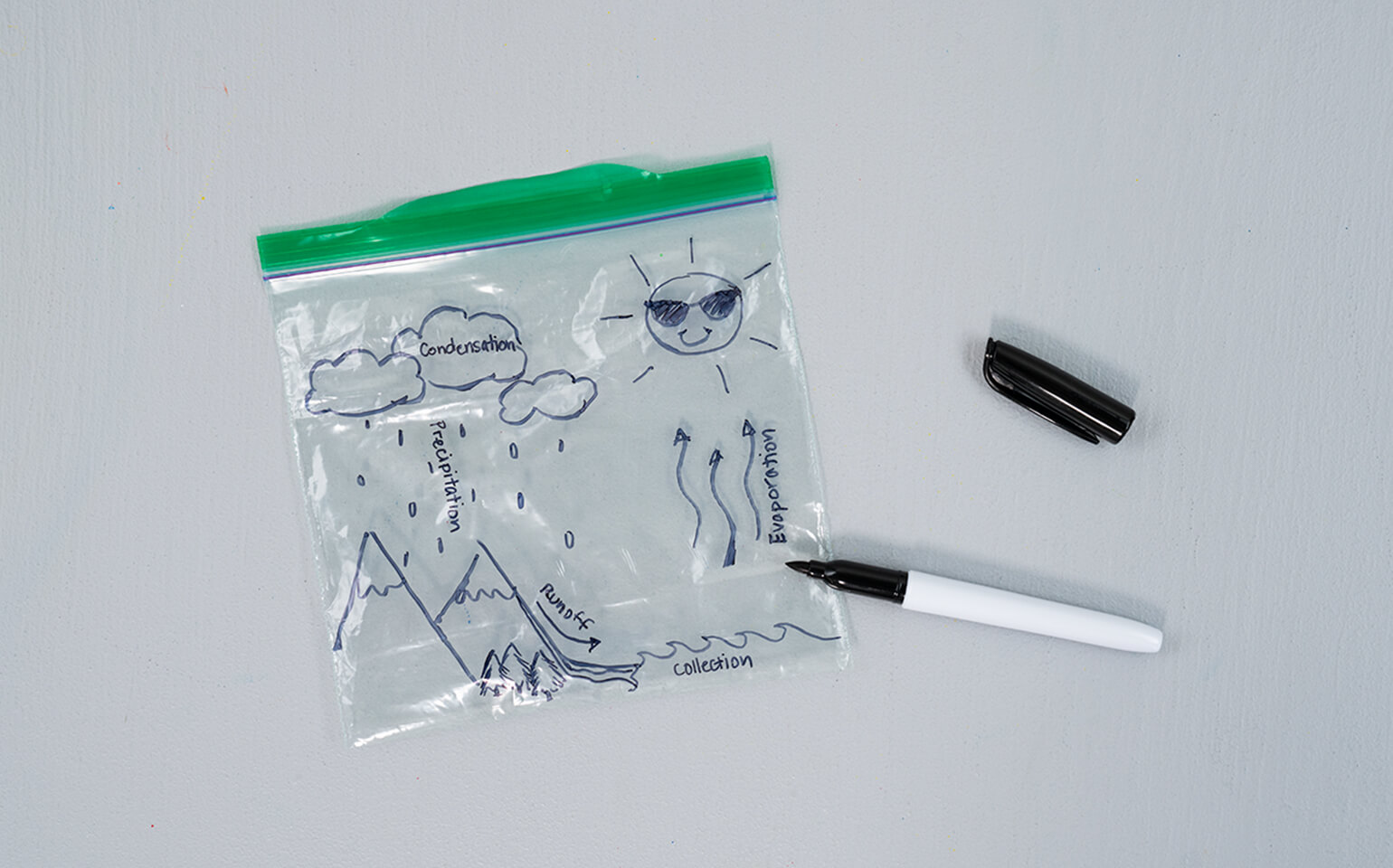
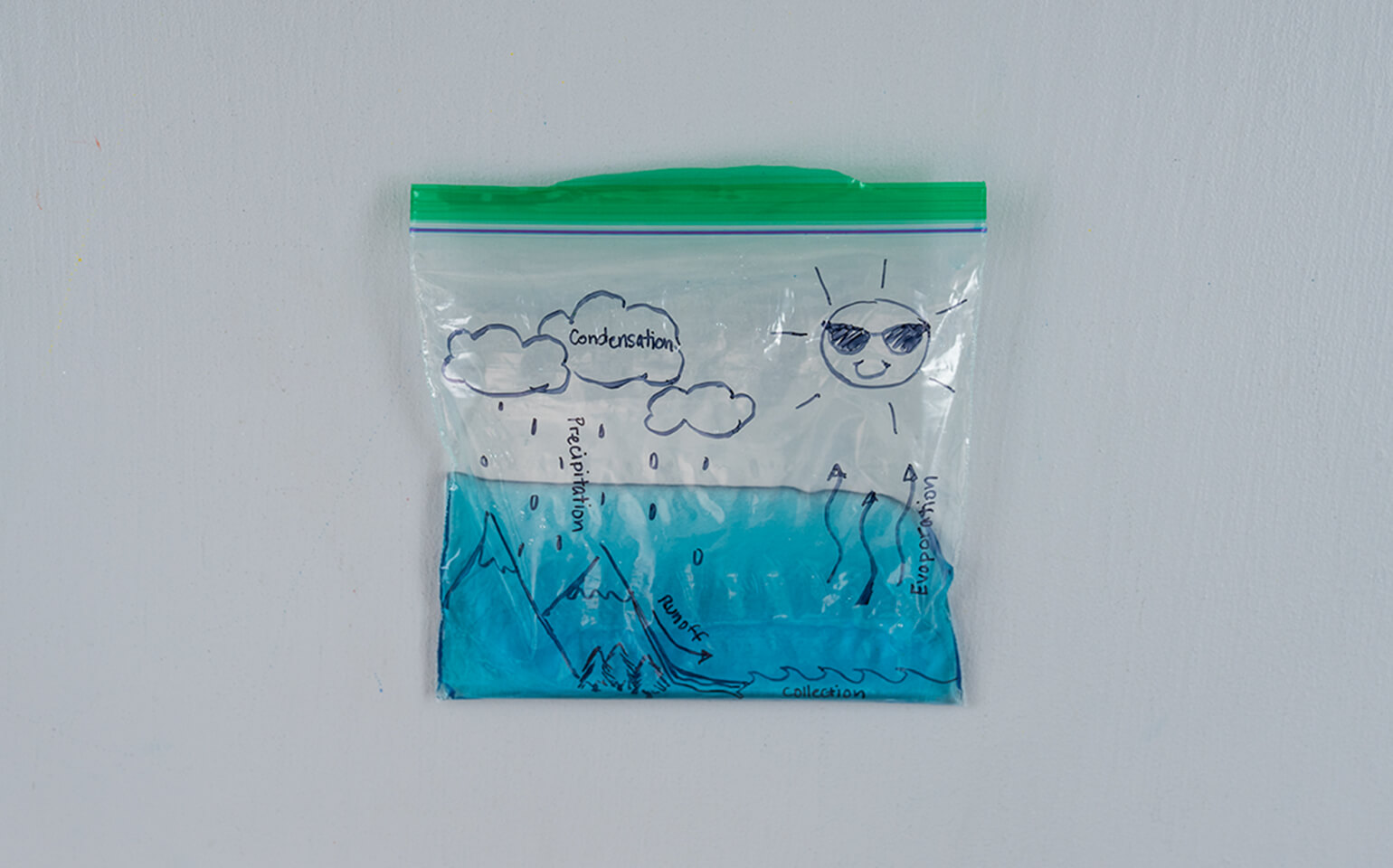


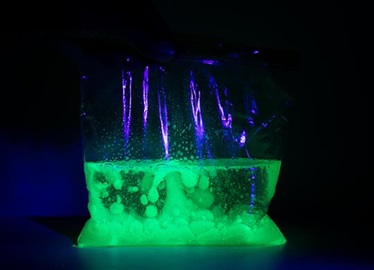
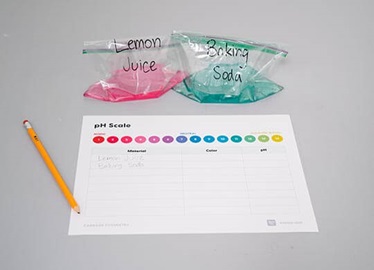
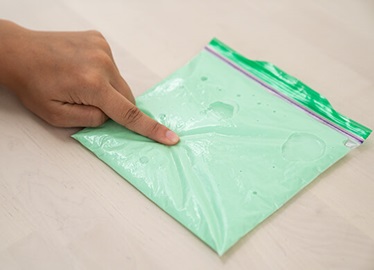
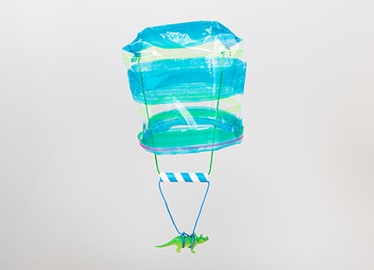
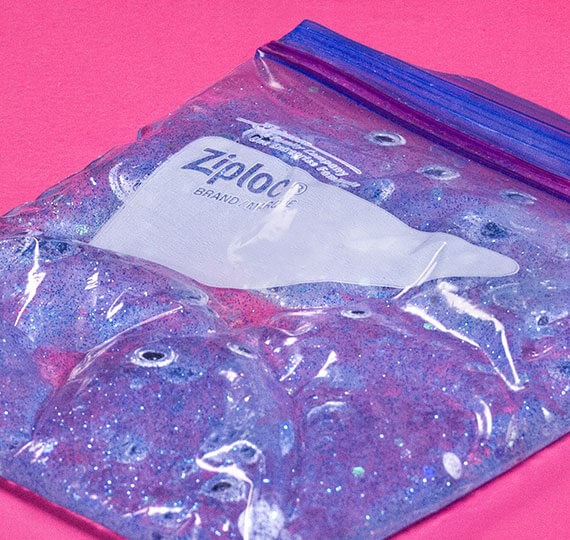
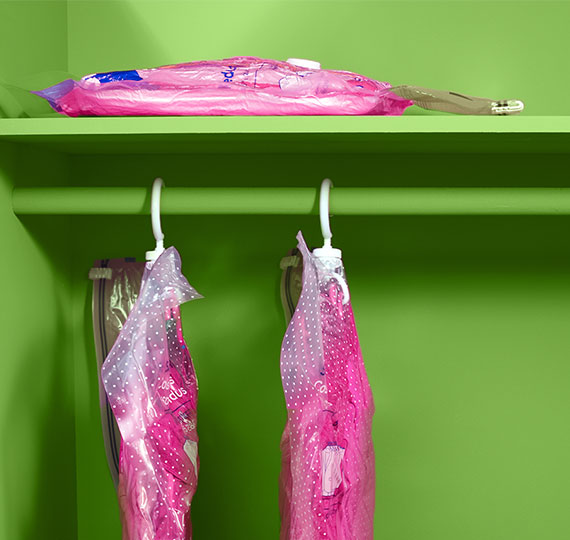
SHARE